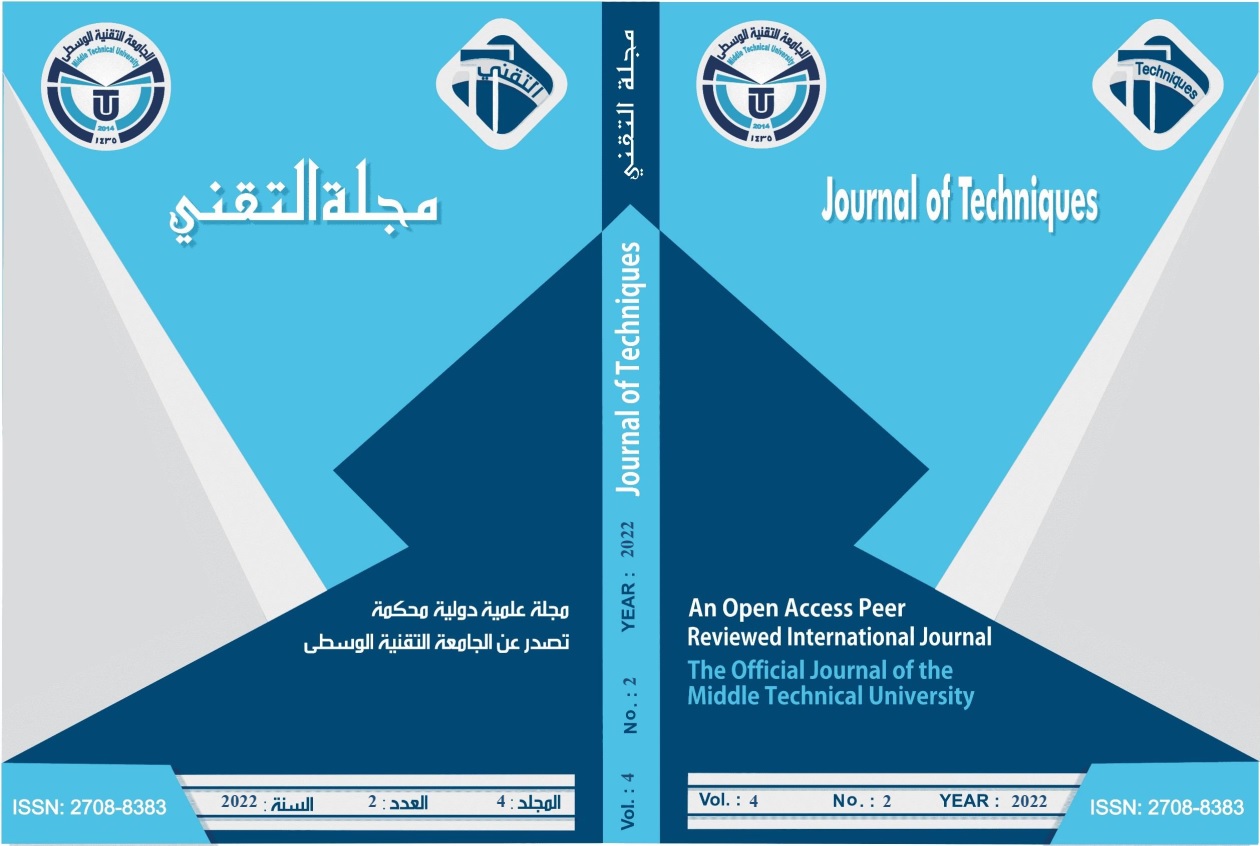The effects of TiO2 Nanoparticles on Flexural Strength of Self-Polymerized Resins: In Vitro Study
DOI:
https://doi.org/10.51173/jt.v4i2.471Keywords:
Flexural Strength, TiO2, Self -Polymerized, Acrylic ResinsAbstract
Self-polymerized resins are extensively utilized in removable prosthodontics for a variety of applications in maxillofacial rehabilitation, including interim appliances, repairs, relines, customized trays, and record bases. These materials, on the other hand, are prone to fracture. The goal of this study was to see how titanium dioxide nanoparticles affected the flexural strength of self-polymerized resins. A total of 30 samples were prepared from self-polymerized acrylic resins (control, 1% TiO2, and 2% TiO2). Using a universal testing machine, all samples were subjected to a flexural strength test until they fractured. The data were analyzed with SPSS version 20, and the Duncan test and ANOVA tests were used to compare all groups. The results showed that TiO2 increased the flexural strength of acrylic resins substantially when compared to the control. Furthermore, significant differences (P<0.001) were found among all groups. The addition of TiO2 increases the flexural strength of acrylic resins.
Downloads
References
Kati F. Effect of the incorporation of zinc oxide nanoparticles on the flexural strength of auto- polymerized acrylic resins. Journal of Oral Research. 2019; 8(1):37-41.
Shrestha B, Hughes R, Singh RK, Suwal P, Parajuli PK, Shrestha P, Sharma A, Adhikari G. Fabrication of Closed Hollow Bulb Obturator Using Thermoplastic Resin Material. Case Rep Dent. 2015:504-561.
C. Bural, G. Bayraktar, I. Aydin, I. Yusufoglu, N. Uyumaz, and ˘ M. Hanzade, “Flexural properties of repaired heat-polymerizing acrylic resin after wetting with monomer and acetone,” Gerodontology, 2010; vol. 27, no. 3, pp. 217–223.
Farina AP, Cecchin D, Soares RG, Botelho AL, Takahashi JMFK, Mazzetto MO, et al. Evaluation of Vickers hardness of different types of acrylic denture base resins with and without glass fiber reinforcement. Gerodontology. 2012;29(2):e155-e60.
Nunes de Mello JA, Braun KO, Rached RN, Del Bel Cury AA. Reducing the negative effects of chemical polishing in acrylic resins by the use of an additional cycle of polymerization. J Prosthet Dent. 2003;89(6):598–602.
Mahdi S, Kati F. Effect of silver nitrate on some mechanical properties of heat polymerizing acrylic resins. AlMustansiria Dental Journal 14 (1), 110-117
Al-shammari F. Effect of metal oxides on some mechanical properties of clear acrylic specific for an artificial eye. AlMustanisiria Dental Journal, 2016, 13 (1):77-85.
Kati F, Al-Kaabi A. Part II: Effect of oil paint addition on the flexural strength of acrylic ocular prosthesis. 3rd international conference of medical and health speciality. 2016; 4(4):100-104.
Kati F. Effect of oil paint addition on the impact strength of the scleral part of the acrylic ocular prosthesis. The Open Dentistry Journal. 2018; 12:946-951.
Kati F, Al-Kaabi A. Effect of oil paint addition on the microhardness of acrylic ocular prosthesis. Iraqi Dental Journal. 2016; 38(2):87-89.
Andreotti AM, Goiato MC, Moreno A, Nobrega AS, Pesqueira AA, dos Santos DM. "Influence of nanoparticles on color stability, microhardness, and flexural strength of acrylic resins specific for ocular prosthesis". International Journal of Nanomedicine.2014; 9( 1) : 5779-5787.
Akay C, Avukat E, Effect Of Nanoparticle Addition On Polymethylmethacrylate Resins. Acta Scientific Dental Sciences 3.7 (2019):91-97.
International Organization for Standardization. ISO 1567:1999. Dentistry — denture base polymers.
ADA. American national standers institute/ American dental association specification No.12 for denture base polymer. 10th ed; Chicago: Council on Dental Material and Devices 1999.

Downloads
Published
How to Cite
Issue
Section
License
Copyright (c) 2022 Firas Abd Kati

This work is licensed under a Creative Commons Attribution 4.0 International License.
















